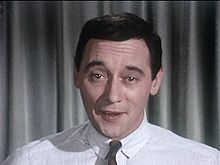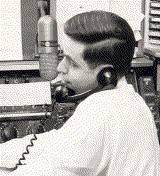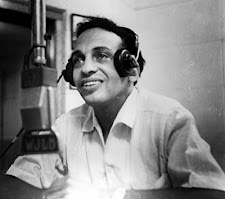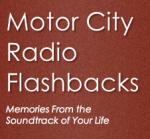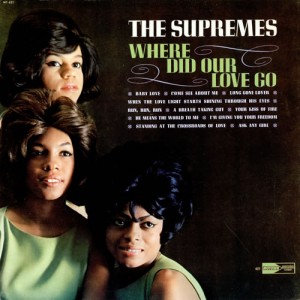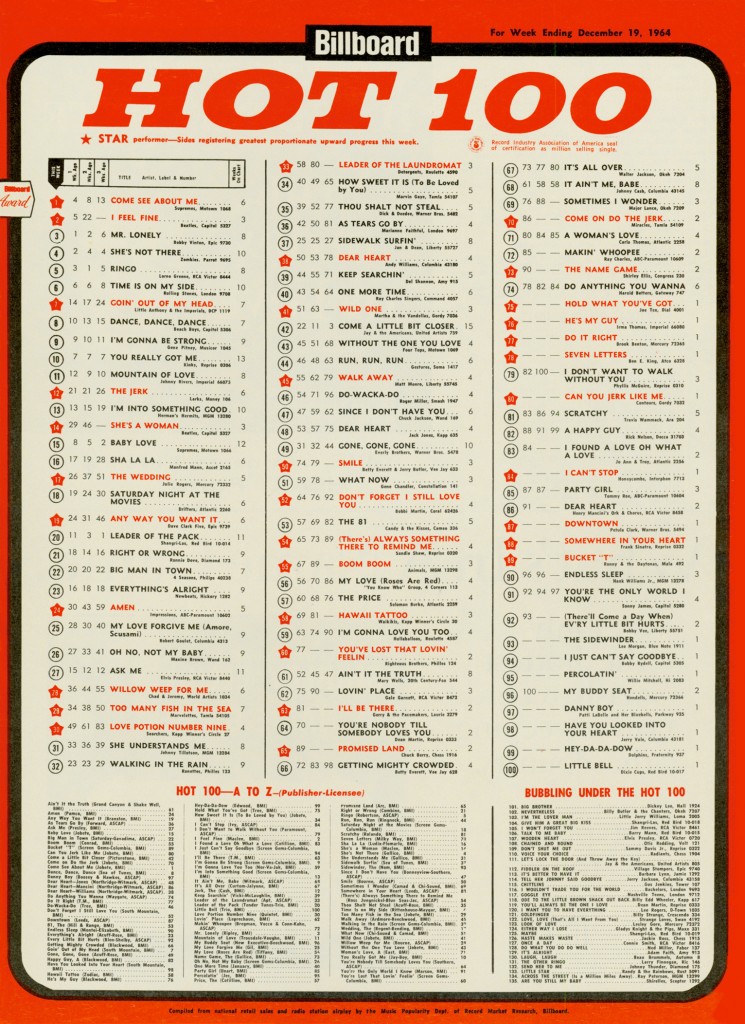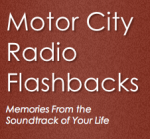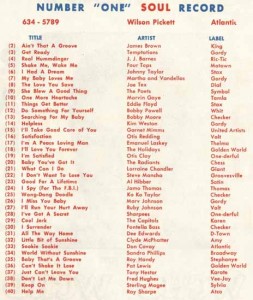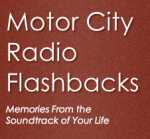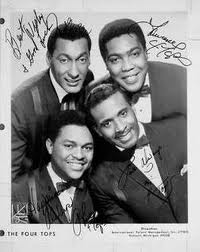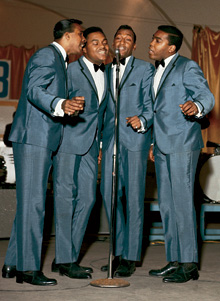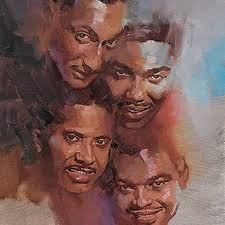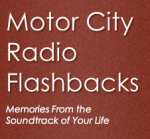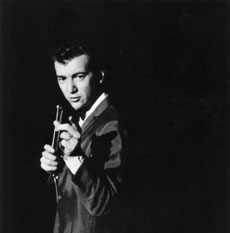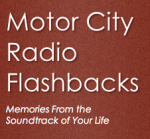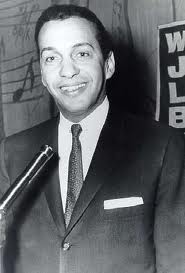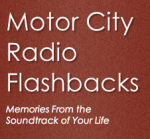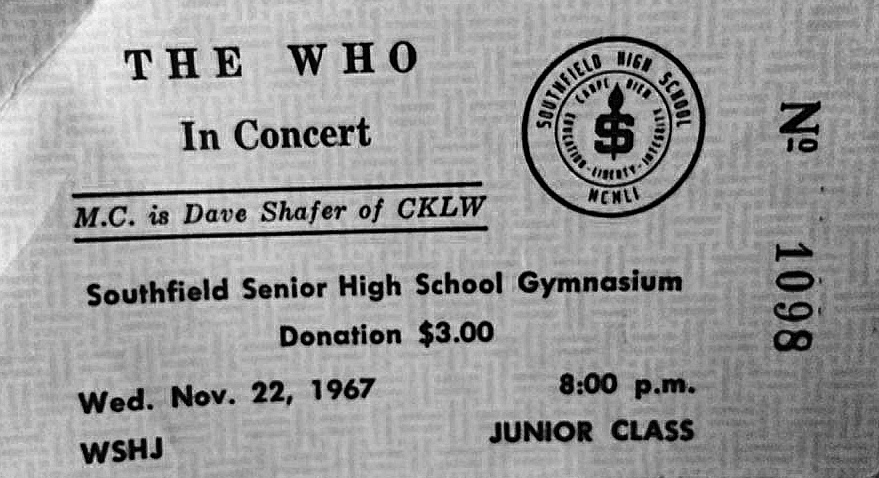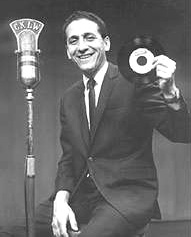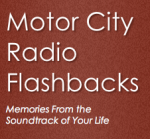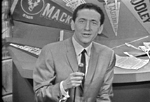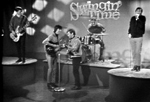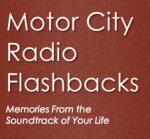 From the MCRFB NEWS archive: 1965
From the MCRFB NEWS archive: 1965
Rock, Folk, and Protest Equals An Erupting New Sound
New York — Call it folk-rock, urban folk, protest music or rock with a message. It’s so new the trade lexicographers haven’t yet agreed on a name. But whatever it’s called, the new sound is selling — and selling big.
Here’s what’s happening. The traditional folk music and the folk-oriented pop product are still selling, but not nearly as much as a few years ago. The hard rock product is still the core of the singles market, but again, it’s not selling as well as it did a year ago. And the sound is not quite as hard today as it has been in recent past.
Fresh Urban Lyric
A hybrid, combining the best and instrumentation of rock music with the folk lyric — usually a fresh urban lyric, and combined with a lyric of protestation — is selling across the board.
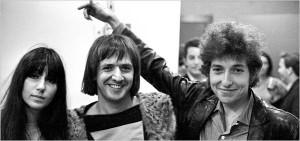
Among the leading exponents of this new form of music are Sonny and Cher, whose Atco record, “I Got You Babe,” hit the top of Billboard’s Hot 100 chart for the second week in a row. “All I Really Want To Do,” another single in the same vein, is on the charts with versions by Cher on Imperial and by the Byrds on Columbia. Two weeks ago, Sonny and Cher’s “Look At Us” album was released on Atco Records.
Also released were singles by Sonny on Atco, and Cher on Reprise. Bob Dylan, the Columbia artist influential in spearheading the “new” folk-rock sound, is also back on the charts with his latest single, “Like A Rolling Stone.”
Elektra, a traditional folk label, announced last week that its fall program would include a heavy dose of the rocking urban-folk product. This Week, Verve-Folkways, another traditional folk label, said it would branch into the folk-rock field this coming fall.
Sound And Message
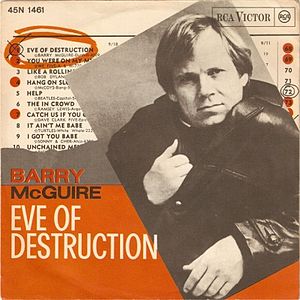
With many notable exceptions, folk music has been more concerned with the message and narration with the new sound. And rock music has been more concerned with the sound than the message.
The latest development has been is to take the rock sound and instrumentation and use folk-oriented lyrics. The singer or group has something to say. Until recently, the message would be delivered with a guitar with a plaintive voice. Now it’s delivered, often by a group, by hard rock instrumentation behind their lyrics, what they seem in trying to convey of their message.
A case in point is Barry McGuire’s “Eve Of Destruction,” released last week on Dunhill Records. The beat is solid, but the lyrics, aimed at teenagers (are adults listening?), deals with social disarrays at the present, such as the possibility of dropping a nuclear bomb somewhere on the planet, maybe during this lifetime.
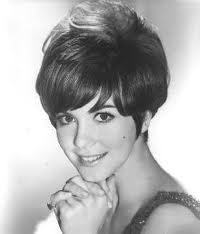
Jody Miller’s “Home Of The Brave” on Capitol, which defends the rights of youngsters to dress as they see fit, is another of the protest genre that is served up with a rock-influenced beat.
Donovan, the British artist on Hickory Records with his current release on the charts, “Colours,” falls in that same category, along with a message of protestation.
The reconstituted Highwaymen, making their first ABC-Paramount album, have come out with a Bob Crewe produced rock sound, but the message remain in the traditional folk idiom.
The songs are plain enough. Traditional folk, while it will continue to serve it’s specialized market, and what has come to be considered rock music, is being influenced to a major degree by the wave of the new folk sound, evidently heard in lyric and in message with today’s ever-expanding music scene. END
___
(Information and news source: Billboard; August 21, 1965)
![]()


